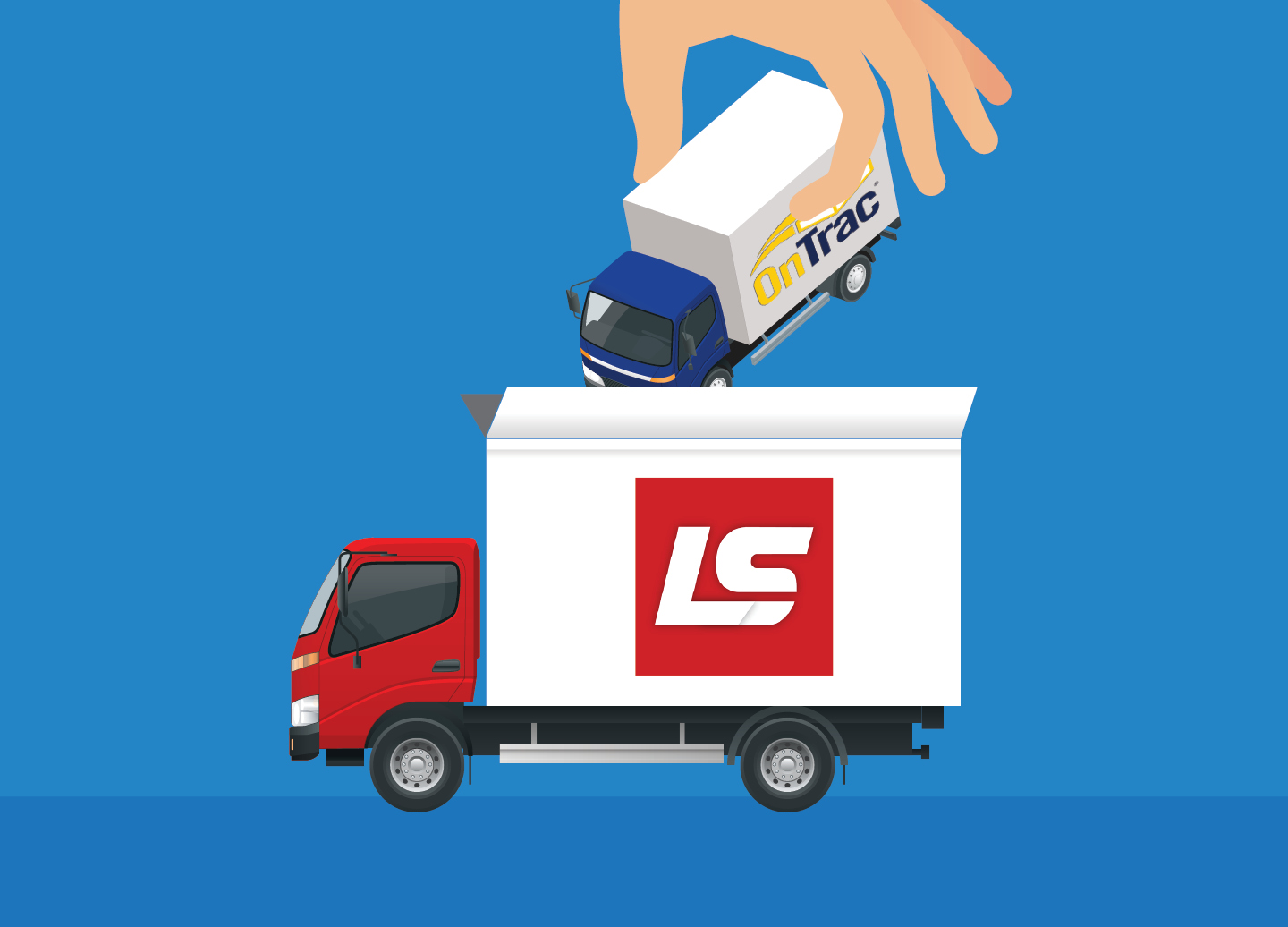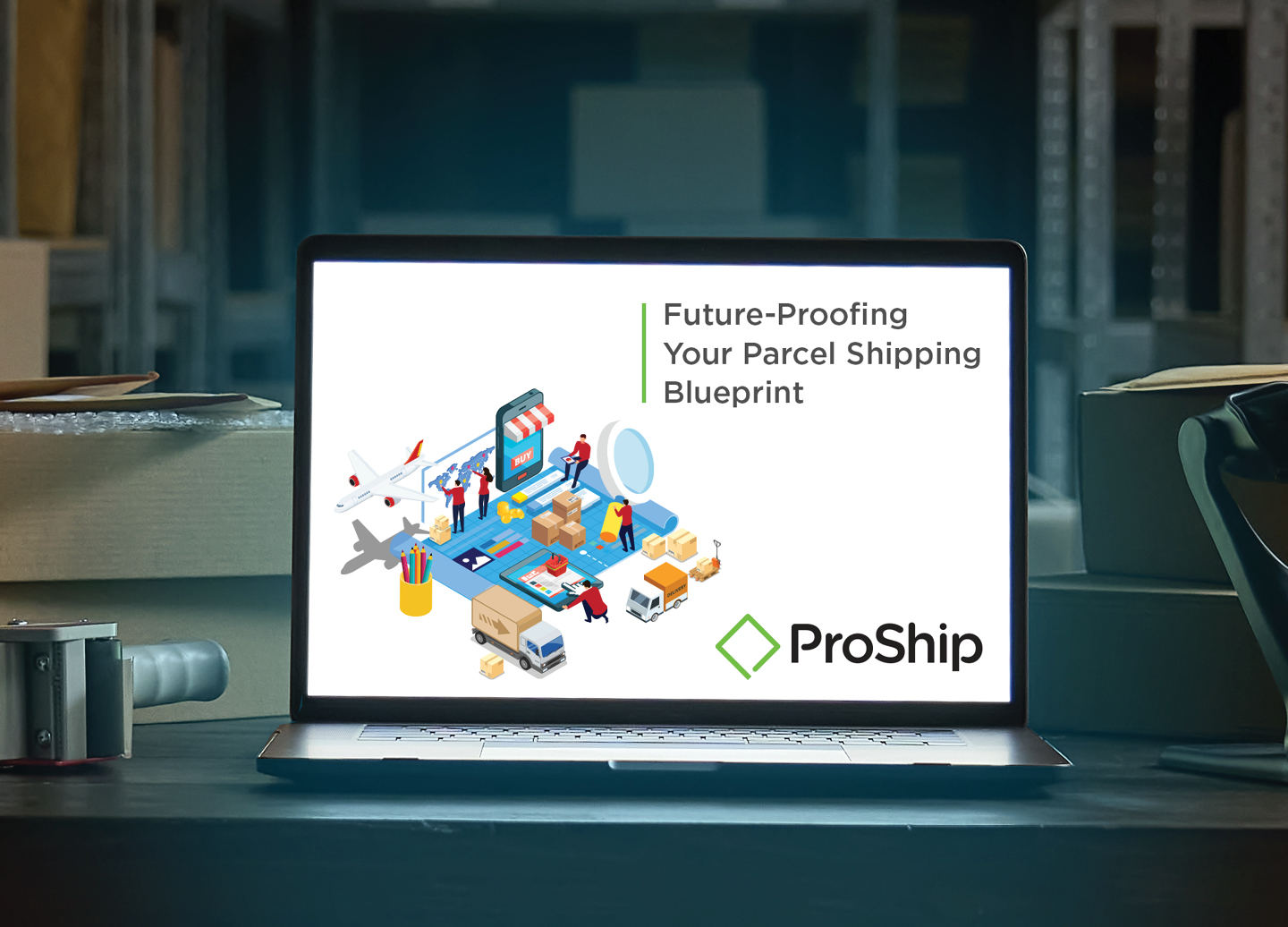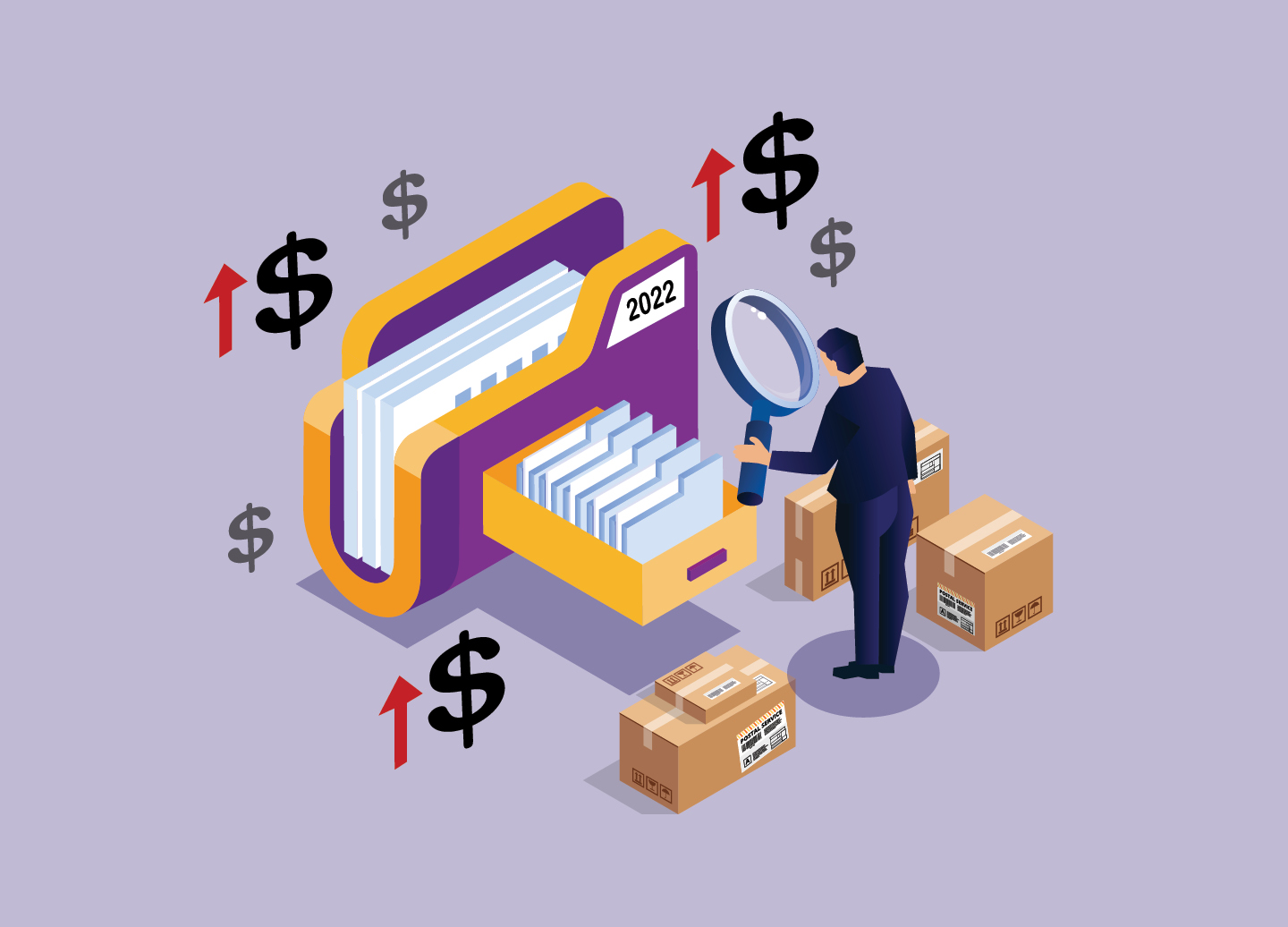LaserShip buys Ontrac in a $1.3 billion deal – what could this mean for the logistics industry?
There is one thing for certain, the pandemic and the e-commerce surge that followed (and continues) caused major disruptions within the supply chain logistics industry. What was once a place of predictability and slow change, now is heating up with regional and same-day carriers expanding into new territories while other perish into the wind.
Most notable in the past week is the October 13th LaserShip/Ontrac deal, in which LaserShip purchased Ontrac for $1.3 billion. While not expected to officially close until the end of October, the deal LaserShip made was a strategic one, in that it will allow its clients to offer two-day shipping to 74% of the United States, mentioned LaserShip Chief Commercial Officer, Josh Dinneen , in a recent Wall Street Journal article.
Implementation, however, won’t be for months, and rightfully so. In their joint press release, LaserShip and OnTrac mentioned that they will not begin to link their networks until 2022 and will operate independently at that time, meaning let’s make sure everyone gets through the upcoming holiday peak season first.
Since the combined company plans to be the only pure-play national e-commerce last-mile parcel delivery solution, will we finally see another national carrier surface?
Our ProShip experts say “no” in the short term. Long term? Maybe. Here is why:
For one, neither LaserShip nor OnTrac provided full coverage to all the deliverable address in the states they currently service, and even when combining, there still will be many states that have no coverage at all. This means that a shipper will not be able to “single source” all their delivery capabilities with just this newly combined carrier – even after years of network growth.
However, after more years of network growth and the acquisition of smaller regional carriers, they may be able to match the coverage of current national carriers. Overall, it is a step in the right direction.
How will this affect the small parcel market in the short term?
Though the new combined entity will not immediately become a national carrier, it will provide a strong alternative, compliment to the national carriers. The combination of networks and resources can help to keep costs competitive. The existing networks already have different delivery times for many destinations. This means that savvy shippers that add this larger carrier to their rate shopping and time in transit shopping will have an even greater chance of meeting a customer’s expected delivery for an even lower cost. Said another way, this merger means even stronger competition in the small parcel market.
Will there be implications for other last mile carriers?
Justin Cramer, Co-Founder of ProShip, states, “I feel the threat is greatest for LSO and Speedee. UDS services a very dense marketplace focused around the Chi-waukee corridor of northern Illinois and southeastern Wisconsin. This rich customer density combined with minimal infrastructure means that UDS should be more flexible. LSO and Speedee on the other hand have a large number of physical sort facilities and trucks. Operating with this many capital expenditures could really hurt these two carriers if they start to see delivery density drop in any given area.”
We then asked Cramer about AirTerra and Pandion.
“AirTerra and Pandion are trying to use technology to scale and provide access to the cost savings that can come from consolidated line hauls. It is possible they could pivot and use any last mile carrier and not just the major regionals. But they will always risk carriers trying to price them out of particular lanes.”
AirTerra may be in a slightly better position as they can count on the volume from American Eagle Outfitters to act as a foundation to operate from. Though Pandion is well funded by Venture Capitalist companies, that is different than having expected volume and revenue.”’
What does this mean for shippers?
Be cautiously optimistic! The amount of capacity that the combined and extended LaserShip/Ontrac network can provide is extensive – over 100 sorting and delivery hubs in 30 states plus the District of Columbia. However, it is impossible to know how effective or efficient they will be for a few years.
How this will affect service levels, capacity and coverage is yet to be determined, but high-volume retailers, manufacturers and third-party logistics companies that have been feeling the pinch in those areas are eager for any change that will lead to improvement.
Sources:
- LaserShip Is Buying Package Carrier OnTrac in a $1.3 Billion Deal (The Wall Street Journal)
- LaserShip and OnTrac Logistics to Combine, Forming the First Pure-Play and Nationwide E-Commerce Last-Mile Delivery Network (PRWeb)

 Back to Blog
Back to Blog






